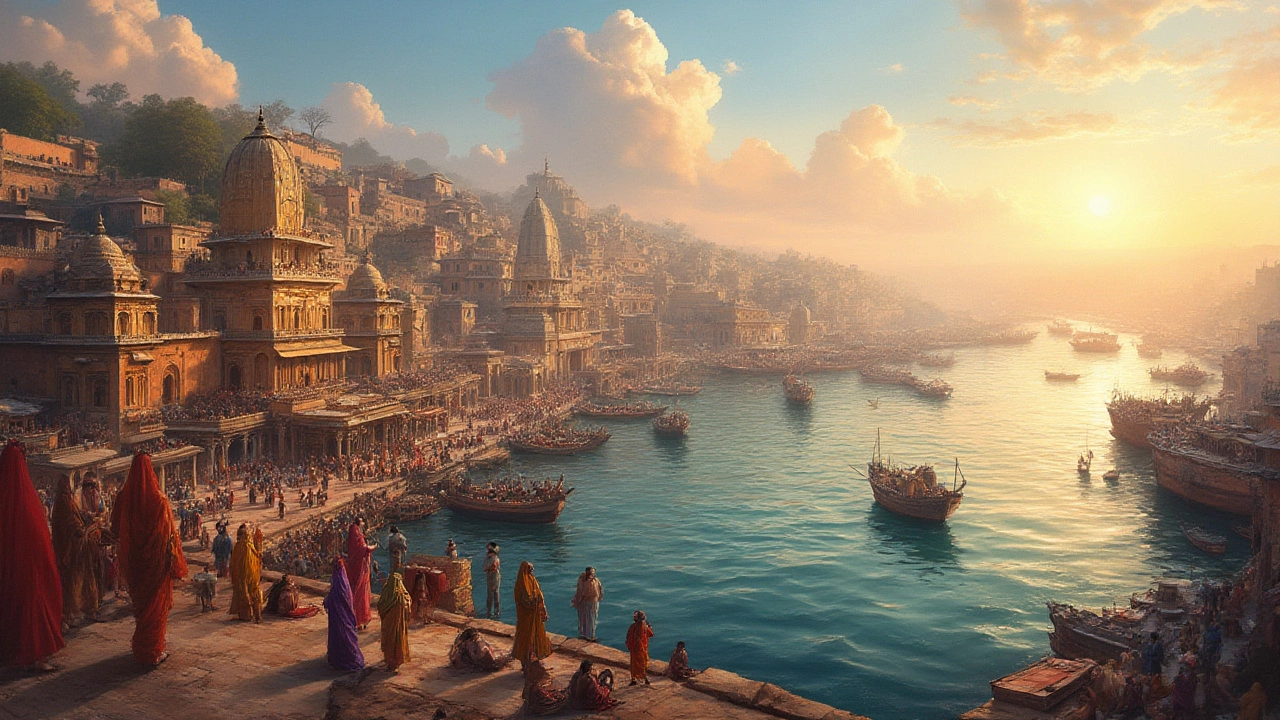SEARCH
Indian Heritage Cities: A Practical Guide for Curious Travelers
If you love old streets, grand forts, and lively markets, India’s heritage cities are a goldmine. Each city feels like a time capsule, yet it buzzes with modern life. You’ll find ancient temples next to coffee shops, marble palaces beside skate parks. This guide shows you why these places matter, which ones to put on your list, and how to make the most of a short visit.
Why Heritage Cities Matter
Heritage cities keep the story of India alive. They hold the art, architecture, and daily rituals that shaped the subcontinent for centuries. Walking through the pink‑hued walls of Jaipur, for example, tells you how Rajput rulers blended Persian and local styles. In Varanasi, the Ganges rituals reveal a spiritual rhythm that has never stopped. By exploring these places, you get a real feel for the people, not just the headlines.
Top Must‑Visit Heritage Cities and Quick Tips
Jaipur, Rajasthan – The “Pink City” is famous for Amber Fort, City Palace, and bustling bazaars. Best time: October to March. Take a sunrise walk to avoid heat and crowds.
Varanasi, Uttar Pradesh – One of the world’s oldest cities. Don’t miss the evening Aarti on the ghats. Stay near Assi Ghat for easy access and cheap guesthouses.
Mysore, Karnataka – Known for the majestic Mysore Palace and sandalwood incense. Visit during the Dasara festival for a colorful showcase of culture.
Hampi, Karnataka – A UNESCO site with sprawling ruins of the Vijayanagara Empire. Rent a bike to cover the distant monuments, and carry water – it’s hot and dry.
Madurai, Tamil Nadu – Home to the towering Meenakshi Temple. Evening prayers here are a sensory treat. Try the local thali for a taste of Southern spice.
Ahmedabad, Gujarat – Offers the UNESCO‑listed city‑center and the stepwell of Adalaj. The food stalls serve legendary Gujarati snacks – don’t miss the dhokla.
All these cities share good train links, so you can hop from one to another without pricey flights. Booking tickets a few weeks ahead usually secures a discount, especially on the Indian Railways’ “Saver” class.
When you stay, look for heritage hotels or homestays. They often sit in restored mansions, giving you a taste of local design and breakfast made with fresh regional produce. If you prefer budget options, hostels near the main market are safe and cheap.
Food is a big part of heritage travel. Each city has a signature dish – try dal‑bati‑churma in Jaipur, kachori in Varanasi, and biryani in Hyderabad (if you add it to the list). Street food can be safe if you pick stalls with a crowd and visible hygiene.
Finally, respect the local customs. Remove shoes before entering temples, dress modestly, and ask before taking photos of people. A little courtesy goes a long way and often earns you a friendly chat or a hidden tip on the best photo spot.
With this simple roadmap, you can explore India’s heritage cities without getting lost in the details. Pack light, bring a good pair of walking shoes, and let history lead the way.

UNESCO Heritage Cities in India: Exploring Cultural Treasures
Discover which cities in India have earned UNESCO World Heritage status, what makes them unique, and practical tips for exploring their heritage wonders.
Continue reading